1. Daylight Saving Time
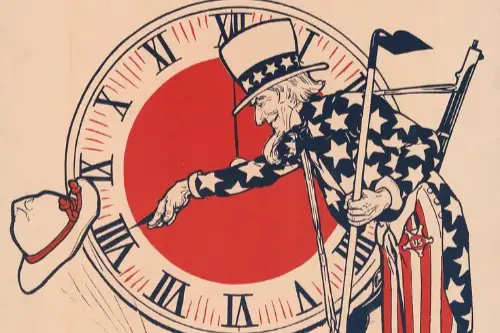
Originally introduced in the U.S. during World War I to conserve fuel, Daylight Saving Time was meant to be a temporary measure. The thinking was simple: more daylight in the evenings meant less electricity used for lighting. It was actually repealed after the war, but brought back during World War II for the same reasons. Eventually, some states kept using it year-round, and by 1966 Congress passed the Uniform Time Act to standardize it.
Now, it’s something Americans grumble about twice a year but rarely challenge on a national scale. The “spring forward” and “fall back” ritual has become a cultural marker, almost as seasonal as pumpkin spice. Even debates about abolishing it tend to keep the tradition in the spotlight. What began as a war measure is now a stubborn part of U.S. life.
2. The Pledge of Allegiance in Schools
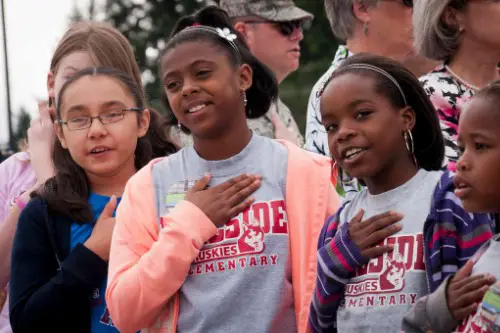
The Pledge of Allegiance was written in 1892 as part of a patriotic program for schoolchildren, tied to the 400th anniversary of Columbus’s arrival in the Americas. At first, it wasn’t required and was simply seen as an inspiring morning activity. Over the decades, states started adopting it as a regular practice in public schools. By the 1940s, the Supreme Court ruled that while students couldn’t be forced to recite it, schools could continue the practice.
Today, the pledge is so routine that many students don’t even think about its origins. It’s recited before sports events, political meetings, and school assemblies. While debates over its religious language and meaning continue, the tradition has remained largely untouched. A one-time commemorative reading became a deeply ingrained morning ritual.
3. Income Tax Withholding from Paychecks
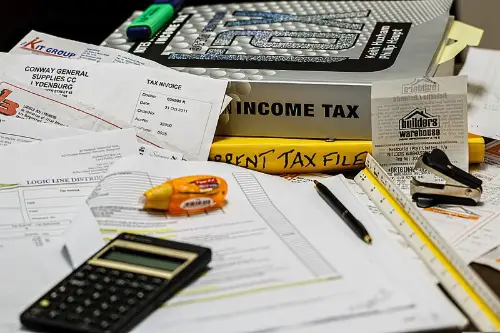
During World War II, the U.S. government needed a faster way to collect taxes to fund the war effort. Instead of waiting for people to pay a lump sum at year’s end, they introduced payroll withholding in 1943. This meant taxes were automatically taken from workers’ paychecks throughout the year. The system worked so well at ensuring steady revenue that it never went away.
Now, most Americans barely think about the fact that taxes come out of each paycheck. It’s a built-in expectation of working life. The original “emergency” measure has shaped how people budget and think about wages. A temporary wartime fix became the backbone of U.S. tax collection.
4. Social Security Numbers as Universal IDs
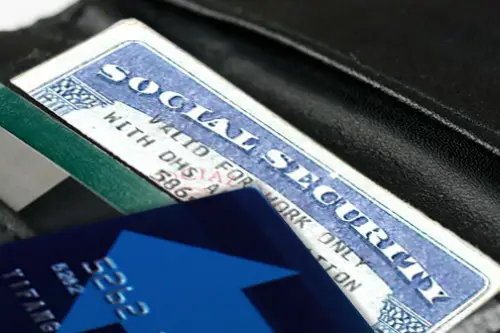
Social Security Numbers were created in 1936 purely to track workers’ earnings for retirement benefits. At the start, the government promised they’d never be used for identification purposes outside of Social Security. But as more agencies and businesses realized their usefulness, the numbers spread into banking, tax filings, and even college applications. By the 1970s, SSNs had essentially become a de facto national ID.
Now, losing control of your SSN can mean major headaches with identity theft. It’s tied to everything from getting a loan to opening a utility account. Something designed for a single administrative purpose has grown into the linchpin of modern American bureaucracy. The “never an ID” promise was quietly left in the dust.
5. The GI Bill’s Role in College Education
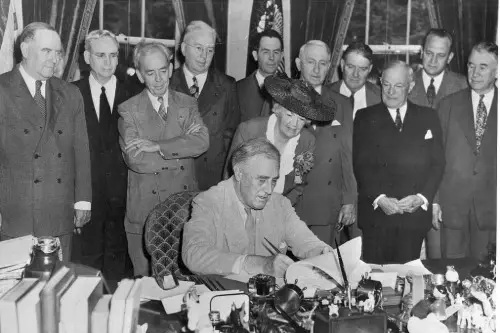
The GI Bill was signed into law in 1944 to help returning World War II veterans reintegrate into civilian life. It offered tuition assistance, low-interest home loans, and other benefits. The education provision was meant to prevent a postwar job crisis by keeping veterans in school instead of flooding the labor market. It became so popular that it was renewed for later generations of service members.
Today, millions of Americans have attended college because of it. The bill shifted public perception of higher education from elite privilege to attainable goal. It also helped fuel the growth of suburbs and the middle class. A short-term reintegration plan ended up reshaping U.S. education and housing forever.
6. School Lunch Programs
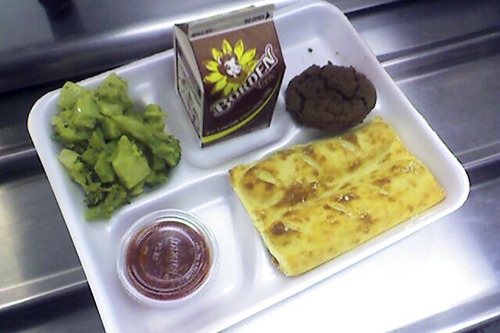
The National School Lunch Program began in 1946 as a way to use surplus farm products and improve children’s nutrition. It was partly a public health measure and partly a support system for farmers. At the time, no one saw it as the start of a permanent government service. It was just a sensible postwar solution to two separate problems.
Now, school lunches feed millions of children every day. The program has grown to include breakfast and summer meal initiatives. It’s deeply woven into how Americans think about public education. A humble surplus-food plan became a social safety net for kids.
7. The Census Long Form’s Role in Planning
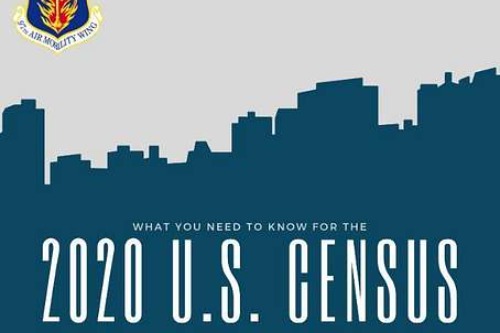
The U.S. Census long form was introduced in the mid-20th century to collect more detailed data than the standard headcount. It was supposed to help with temporary postwar planning, such as allocating federal funds and guiding urban development. The information was so useful that federal and state agencies kept requesting it. It became a permanent part of the census process, later evolving into the American Community Survey.
Today, this data influences everything from school district planning to highway construction. It helps determine congressional representation and federal grant distribution. Most people never see the full form, but its influence is huge. A one-time postwar tool turned into a key pillar of government decision-making.
8. Fluoridated Drinking Water

In 1945, Grand Rapids, Michigan, became the first U.S. city to add fluoride to its public water supply. The idea was to run a long-term experiment to see if it reduced cavities in children. The results were so striking that other cities began adopting the practice before the study even ended. By the 1960s, water fluoridation was standard in many parts of the country.
Today, it’s a given that tap water in much of the U.S. contains fluoride. It’s credited with drastically improving dental health, though it remains a point of controversy for some. What began as a single-city trial became a default public health policy. A planned experiment ended up in the pipes of millions of homes.
9. Military Flyovers at Sporting Events
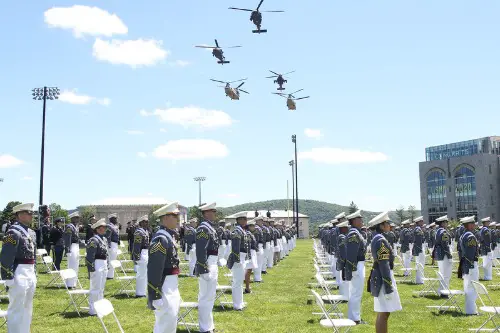
During World War II, military flyovers were used to boost morale and promote war bonds at public gatherings. Sporting events became a natural venue because of their large, patriotic crowds. Initially, these appearances were tied directly to recruiting and war effort promotion. After the war, the tradition stuck simply because people loved it.
Now, fighter jets streaking overhead before big games is a quintessential American spectacle. It’s as much about entertainment as it is about patriotism. The military still views it as a recruiting tool, but fans see it as part of the pregame hype. A wartime PR tactic became a stadium tradition.
10. The State of the Union as Televised Theater

The State of the Union was originally a simple written report to Congress. In the 20th century, presidents began delivering it in person more often, and radio and television amplified its reach. Franklin D. Roosevelt and later Lyndon B. Johnson used it as a way to speak directly to the American public. The televised version was meant to be a temporary communication boost during politically important years.
Now, it’s an annual primetime event with carefully staged applause lines and media spin. Americans expect to see the president delivering the speech live, flanked by political leaders. The spectacle often overshadows the policy details. A practical report evolved into a high-stakes piece of political theater.
11. Police Use of the Miranda Warning
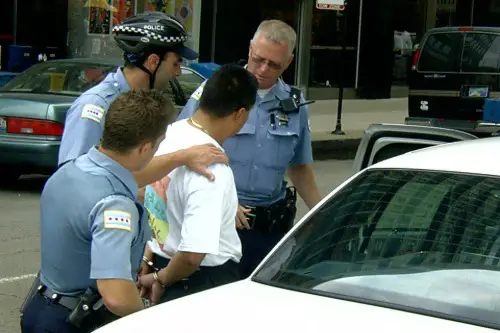
The Miranda warning—“You have the right to remain silent…”—was born from a 1966 Supreme Court decision. It was meant as a safeguard to ensure suspects knew their constitutional rights during police questioning. At first, there was no plan for it to become a scripted ritual. It was simply a compliance measure after a landmark case.
Today, the warning is so embedded in culture that people recognize it from TV shows as much as from real life. Police departments nationwide follow the format almost word-for-word. The phrasing has become part of American legal identity. A courtroom ruling created a verbal tradition everyone can recite.
12. Black Friday as a Shopping Event
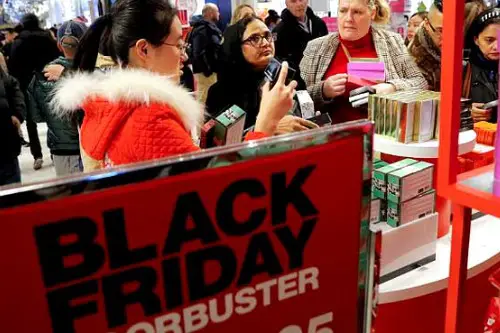
“Black Friday” originally referred to a 1960s Philadelphia police nickname for the chaotic traffic after Thanksgiving. Retailers started using the day for big sales to take advantage of the crowds. The name was rebranded to mean stores moving “into the black” financially, and it became a national shopping tradition. No one intended it to be a cornerstone of the retail calendar.
Now, it’s a full-blown cultural event, with people camping outside stores and rushing in at dawn. Online retailers have extended it into multi-day sales. It unofficially marks the start of the holiday shopping season. A local traffic nightmare became the country’s most famous day to spend money.
This post 12 Social Experiments That Accidentally Became Permanent U.S. Customs was first published on American Charm.


